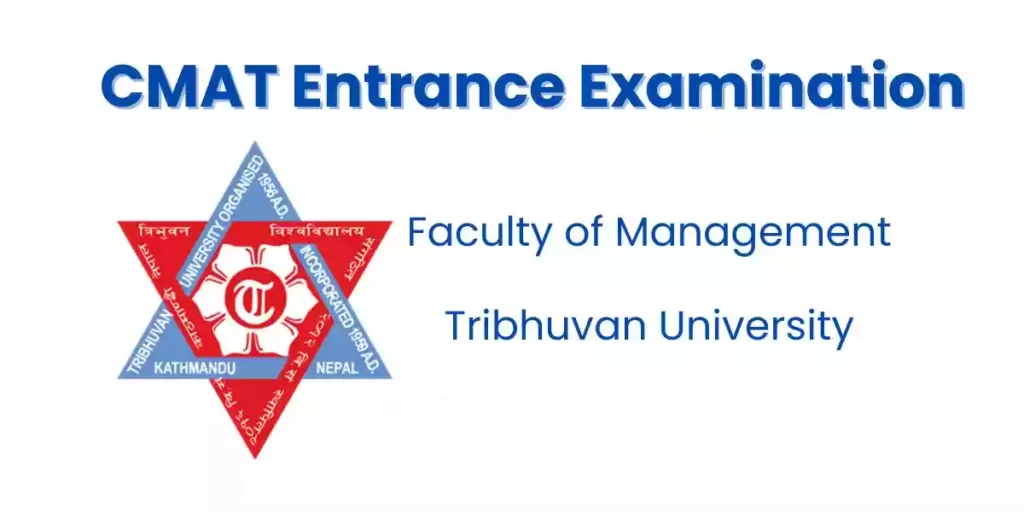
CMAT Nepal: Topic-wise Weight Distribution and Preparation Tips
Introduction
Preparing for the CMAT Nepal exam is a critical step for MBA aspirants aiming to secure admission to top business schools in Nepal. With rising competition, understanding the CMAT Nepal syllabus, topic-wise weight distribution, and effective preparation strategies is essential. This comprehensive guide breaks down the exam pattern, highlights key topics with their weightage, and provides actionable CMAT Nepal preparation tips to help you ace the test confidently.
Understanding the CMAT Nepal Exam Pattern
The CMAT Nepal exam evaluates candidates on four core areas crucial for management studies:
- Business Mathematics
- English Language
- Logical Reasoning
- General Awareness
Key Exam Details:
- Total Questions: 100
- Duration: 120 minutes
- Marking Scheme: +4 for correct answers, -1 for incorrect answers (varies slightly yearly).
Section-wise Weight Distribution
| Section | Number of Questions | Weightage | Key Focus Areas |
|---|---|---|---|
| Business Mathematics | 25 | 25% | Algebra, Statistics, Geometry |
| English Language | 25 | 25% | Grammar, Vocabulary, Reading Comprehension |
| Logical Reasoning | 25 | 25% | Puzzles, Syllogisms, Series |
| General Awareness | 25 | 25% | Current Affairs, Business Trends |
CMAT Nepal Syllabus: Topic-wise Weight Distribution
1. Business Mathematics (25%)
Master numerical and analytical skills with these high-weight topics:
- Algebra (30%): Linear equations, quadratic equations, ratios.
- Statistics (25%): Mean, median, probability, data interpretation.
- Geometry (20%): Basic theorems, area/volume calculations.
- Trigonometry (15%): Trigonometric ratios, identities.
- Arithmetic (10%): Profit/loss, percentages, time-speed-distance.
Pro Tip: Focus on data interpretation and shortcut formulas to save time.
2. English Language (25%)
This section tests grammar, comprehension, and vocabulary:
- Reading Comprehension (35%): Passages on business, social issues.
- Grammar (30%): Error spotting, tenses, prepositions.
- Vocabulary (25%): Synonyms, antonyms, idioms.
- Verbal Reasoning (10%): Para-jumbles, sentence completion.
Pro Tip: Read newspapers like The Kathmandu Post daily to enhance comprehension skills.
3. Logical Reasoning (25%)
Sharpen analytical thinking with:
- Puzzles (30%): Seating arrangements, blood relations.
- Syllogisms (25%): Deductive reasoning questions.
- Number Series (20%): Missing numbers, pattern identification.
- Critical Reasoning (15%): Assumptions, conclusions.
- Visual Reasoning (10%): Figure sequences, analogies.
Pro Tip: Practice 5-10 puzzles daily to improve speed.
4. General Awareness (25%)
Stay updated on:
- Current Affairs (40%): Recent national/international events (last 6 months).
- Business Environment (30%): Major mergers, economic policies.
- Static GK (20%): Awards, capitals, historical events.
- Economic Trends (10%): GDP, inflation rates, fiscal policies.
Pro Tip: Follow Nepal News portals and business magazines like New Business Age.
 7 Effective CMAT Nepal Preparation Tips
7 Effective CMAT Nepal Preparation Tips
- Analyze the Syllabus Thoroughly
Prioritize high-weight topics like Algebra and Current Affairs while allocating study time. - Solve Previous Years’ Papers
Identify recurring patterns and question types from CMAT Nepal past papers. - Take Weekly Mock Tests
Simulate exam conditions to improve time management (aim for 1.2 minutes per question). - Strengthen Basics with Shortcuts
Learn Vedic math tricks for faster calculations in the Business Mathematics section. - Create Flashcards for GK
Jot down key events, business terms, and static GK facts for quick revision. - Join Study Groups
Discuss puzzles and RC passages with peers to gain new perspectives. - Revise Strategically
Dedicate the last month to revision, focusing on weak areas and formula sheets.
Common Mistakes to Avoid
- Ignoring Negative Marking: Avoid guesswork unless you can eliminate 2+ options.
- Overlooking Mock Tests: Skipping mocks reduces familiarity with the exam’s time pressure.
- Last-minute GK Cramming: Update current affairs weekly instead of memorizing everything in April.
FAQs About CMAT Nepal
Q1. Is CMAT Nepal tougher than other MBA entrance exams?
A1. The difficulty is moderate, but time management and accuracy are key due to negative marking.
Q2. How much time is needed to prepare for CMAT Nepal?
A2. A 3-4 month dedicated study plan with 6-8 hours daily is ideal.
Q3. Which books are best for CMAT Nepal prep?
A3. Refer to Quantitative Aptitude by R.S. Aggarwal and Word Power Made Easy for vocabulary.
Conclusion
Cracking the CMAT Nepal exam demands a blend of strategic preparation, consistent practice, and staying updated. By leveraging the topic-wise weight distribution and adhering to the tips above, you can maximize your score and secure admission to a premier MBA program in Nepal.
Take a quick CMAT quiz for free: link


